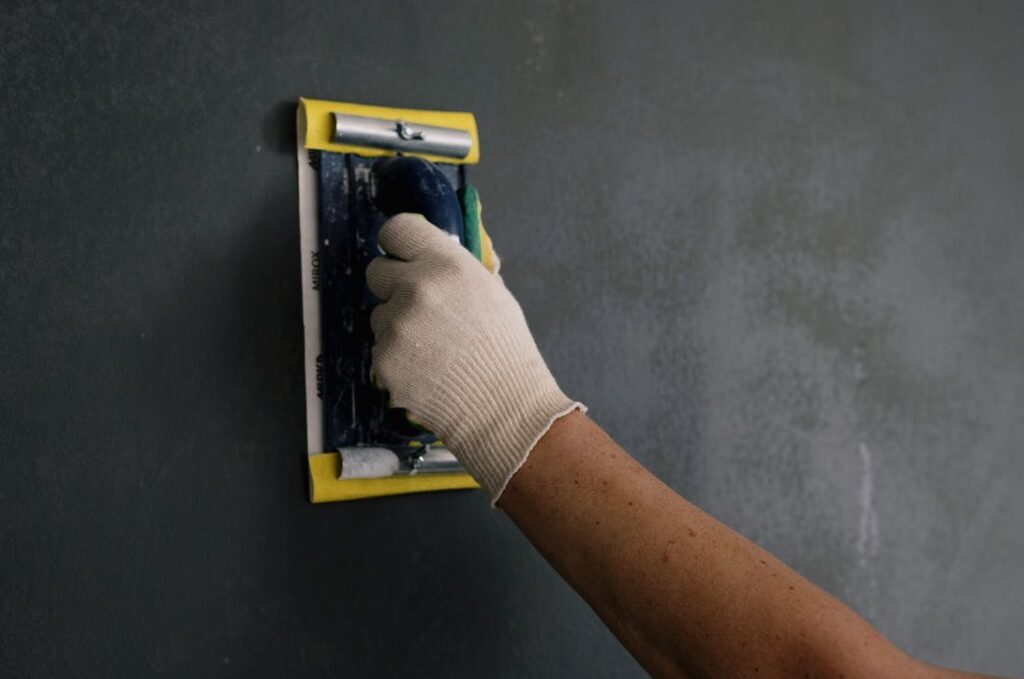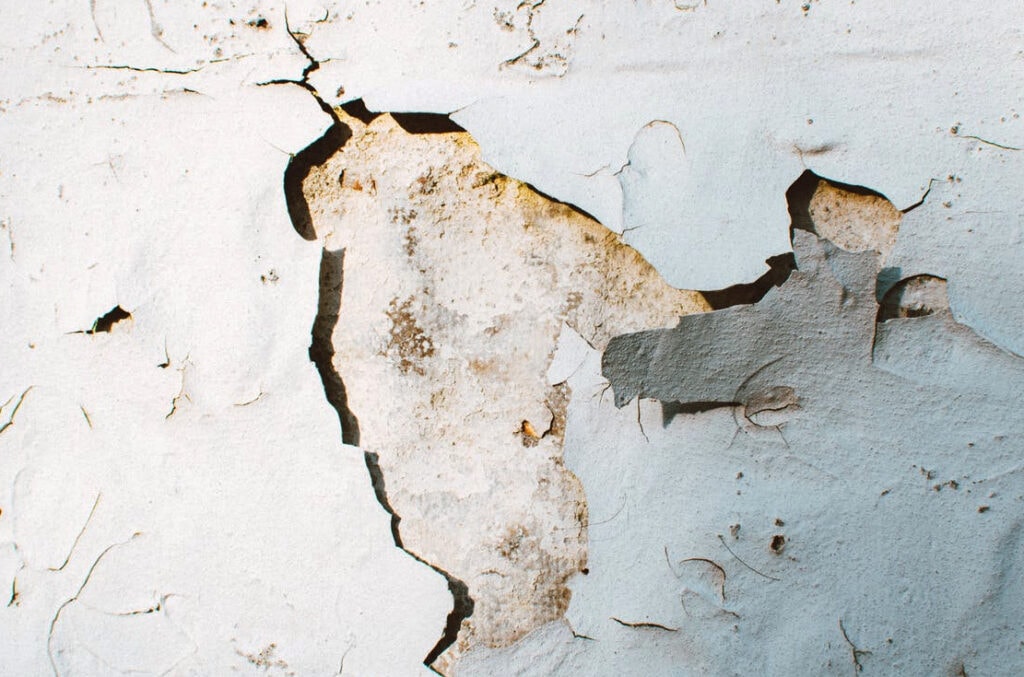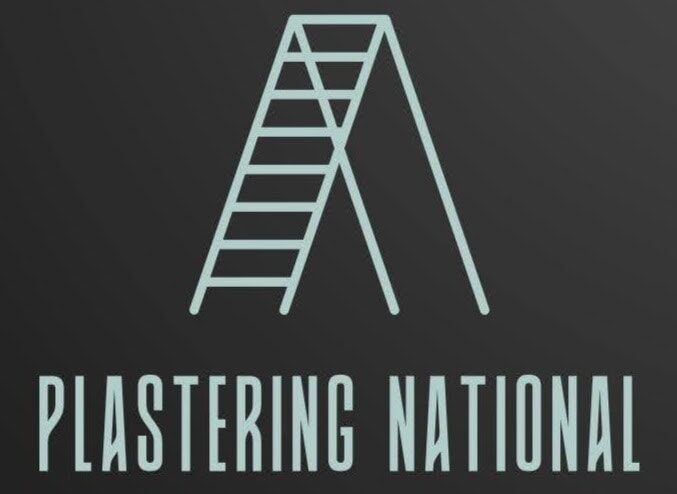Horsehair plaster is a fascinating relic of traditional construction. It was once a key material in the walls and ceilings of homes built before the mid-20th century.
This mixture, composed of lime, sand, and water and reinforced with horsehair, was renowned for its strength and durability.
Although modern building materials have largely replaced horsehair plaster in contemporary construction, they still hold significant value in restoring historic properties and certain specialised projects.
Understanding their composition, uses, and challenges is essential for those who want to preserve the authenticity of older buildings or incorporate their unique properties into new designs.
Let’s get straight to the point.
Horsehair plaster is a historical building material made from lime, sand, water, and horsehair. It is valued for its strength and flexibility.
Although it was widely used in older homes, it is now mainly found in restoration projects to maintain historical accuracy.
Although modern materials have largely replaced horsehair plaster, it is still used in specialised new builds for its decorative potential, sound insulation, thermal regulation, and fire resistance.
While repairs can be labour-intensive, horsehair plaster helps preserve buildings’ historical integrity.
However, it may contain asbestos in older structures, requiring careful handling. Its unique properties keep it relevant in both traditional and modern designs.
What Is Horsehair Plaster?

Horsehair plaster, or lath and plaster, is a traditional wall and ceiling finishing technique. It involves applying layers of plaster mixed with horsehair onto wooden laths (thin strips of wood) attached to wall studs.
The horsehair adds strength and flexibility to the plaster, reducing the likelihood of cracking.
Composition Of Horsehair Plaster
The primary components of horsehair plaster include:
- Lime: The base material that binds the mixture.
- Sand: Used as an aggregate to add bulk and texture.
- Water: Mixed with lime to create a workable paste.
- Horsehair: Traditionally sourced from the mane and tail of horses, it reinforces the plaster.
Other animal hair types and plant fibres were sometimes used, but horsehair remained the most popular due to its length, strength, and availability.
Uses Of Horsehair Plaster
1. Restoration Projects
Horsehair plaster remains valuable in restoring historic buildings, helping preserve their character and authenticity. For homeowners or restorers aiming to maintain the period accuracy of their homes, using traditional materials like horsehair plaster is important.
It ensures the building’s aesthetic and structural integrity stays true to its original design. Key points to consider when using horsehair plaster in restoration projects include:
- Historical Accuracy: Restoring older properties with original materials can significantly enhance their value and authenticity.
- Cultural Preservation: Using horsehair plaster helps protect and honour the craftsmanship of past generations.
- Durability: Properly maintained horsehair plaster can last for decades, making it a long-lasting option for restoration.
Horsehair plaster is especially beneficial in properties built before the 1950s, where maintaining historical accuracy is vital.
Local regulations might even require using traditional materials like horsehair plaster to comply with preservation standards for heritage buildings.
2. Suitability In New Builds
While horsehair plaster is not typically used in modern construction, its unique qualities make it suitable for specialised projects.
Its versatility allows it to be moulded into intricate shapes, making it ideal for artistic or decorative applications. Some modern uses of horsehair plaster in new builds include:
- Decorative Plasterwork: Ideal for creating custom decorative elements like cornices, arches, and ceiling medallions.
- Curved Surfaces: Its flexibility allows for smooth application on rounded walls or non-linear designs, which are challenging to achieve with standard drywall.
- Custom Finishes: Horsehair plaster can be textured to produce a variety of finishes that add depth and character to interior spaces.
3. Horsehair Plaster In Contemporary Design
Choosing horsehair plaster over modern alternatives can offer several benefits in specific situations:
- Sound Insulation: Its density makes it an effective sound barrier, reducing room noise transmission.
- Thermal Regulation: It acts as a natural insulator, helping to maintain a stable indoor temperature and improve energy efficiency.
- Fire Resistance: Horsehair plaster is significantly less explosive than drywall, adding an extra layer of safety to the building.
4. Modern Uses For A Vintage Look
In modern settings, horsehair plaster is sometimes used to achieve a vintage or rustic aesthetic in contemporary homes or commercial spaces.
Interior designers and architects might choose horsehair plaster for its:
- Unique Texture: Horsehair plaster’s natural texture can create a warm and inviting atmosphere, especially in settings that aim for a heritage or vintage look.
- Eco-Friendly Option: Horsehair plaster, made from natural materials, is more sustainable than synthetic finishes used in modern construction.
- Custom Design Potential: Allows creative freedom in crafting bespoke architectural elements that stand out in modern designs.
Traditional craftsmanship can be combined with contemporary aesthetics by integrating horsehair plaster into restoration and new builds.
This blend preserves a building’s cultural heritage and allows for innovation with timeless materials in a modern context.
Replacing Or Repairing Horsehair Plaster

Why Replace Horsehair Plaster?
There are instances where replacing horsehair plaster with modern materials like drywall is practical:
- Damage: Severe cracks or crumbling sections may require removal and replacement.
- Cost and Labour: Repairs can be labour-intensive, making modern alternatives more economical.
However, maintaining horsehair plaster offers benefits such as:
- Sound and Temperature Control: Its density provides better soundproofing and insulation than drywall.
- Preservation of Historical Integrity: Keeping the original plaster maintains the historical value of older homes.
Steps In Repairing Horsehair Plaster
- Assess the Damage: Identify the areas that need patching or complete replacement.
- Remove Loose Plaster: Use a knife to carefully scrape away any damaged or crumbling plaster.
- Prepare the Surface: Clean the area thoroughly to strengthen the new plaster’s bond.
- Apply New Plaster: Mix a fresh batch of plaster and apply it in thin layers using a putty knife.
- Smooth and Dry: Allow the plaster to dry completely before sanding the surface smooth.
Steps In Removing Horsehair Plaster Safely
- Turn Off Electrical Power: Ensure all power is disconnected before starting the removal process.
- Remove Moulding: Carefully detach any trim or moulding to access the wall or ceiling.
- Wear Protective Gear: To protect yourself from dust and debris, wear safety glasses, gloves, and a mask.
- Cut and Remove Plaster: Use a drill and saw to cut through the plaster, exposing the studs.
Potential Challenges With Horsehair Plaster
Asbestos Concerns
Houses built before the 1940s may contain asbestos mixed with plaster. Before starting repairs or renovations, it is vital to have the materials tested. If asbestos is present, a professional should handle its removal.
Structural Considerations
Gravity makes Ceilings with horsehair plaster more prone to sagging and cracking. During renovations, replacing these with drywall can often be more practical.
Conclusion
Horsehair plaster may be a relic of the past, but it remains integral to many historical homes. Its strength, flexibility, and unique properties make it valuable for restoration projects.
While modern drywall offers a more convenient solution, horsehair plaster must be replaced due to its aesthetic and historical significance.
Whether preserving a period home or working on a restoration, this traditional material continues to serve as a testament to the craftsmanship of earlier generations.
Frequently Asked Questions About Plaster
How Do I Know if My Ceiling Is Lath or Plaster?
How to check for lath and plaster. In older properties, you can check the type of ceiling by looking under the loft insulation or lifting a bedroom floorboard. If there are many small timber laths with creamy lugs of plaster, the ceiling is original.
Can You Plaster Over Horsehair Plaster?
Drywall can be glued directly to the plaster surface when the horsehair plaster is firmly attached to the lath. This method of direct bonding is known as dot-and-dab.
Why Do You Put Horse Hair in Cement?
Animal hair has traditionally been used as reinforcement in lime renders to improve tensile strength and reduce shrinkage cracking. Introduced into the mix by teasing the hair into the mix before the mortar’s use. This is a time-consuming job as it involves teasing the hair into the mix as it is mixed.
Is It Worth Removing Plaster Walls?
If plaster walls and ceilings are in good condition – not cracked, peeling, or falling apart – you need not do a thing except paint. If there are nail holes or a few cracks, a painter can easily fix them. Plaster should not be removed and replaced by drywall, nor covered up by drywall.
Is Horse Hair Plaster Dangerous?
In a press release today, the National Institute of Health has announced the discovery of a potentially dangerous substance in horses’ hair. This substance, called “amo-bacter equuii”, has been linked with the following symptoms in female humans: Reluctance to cook. Reluctance to perform housework.

